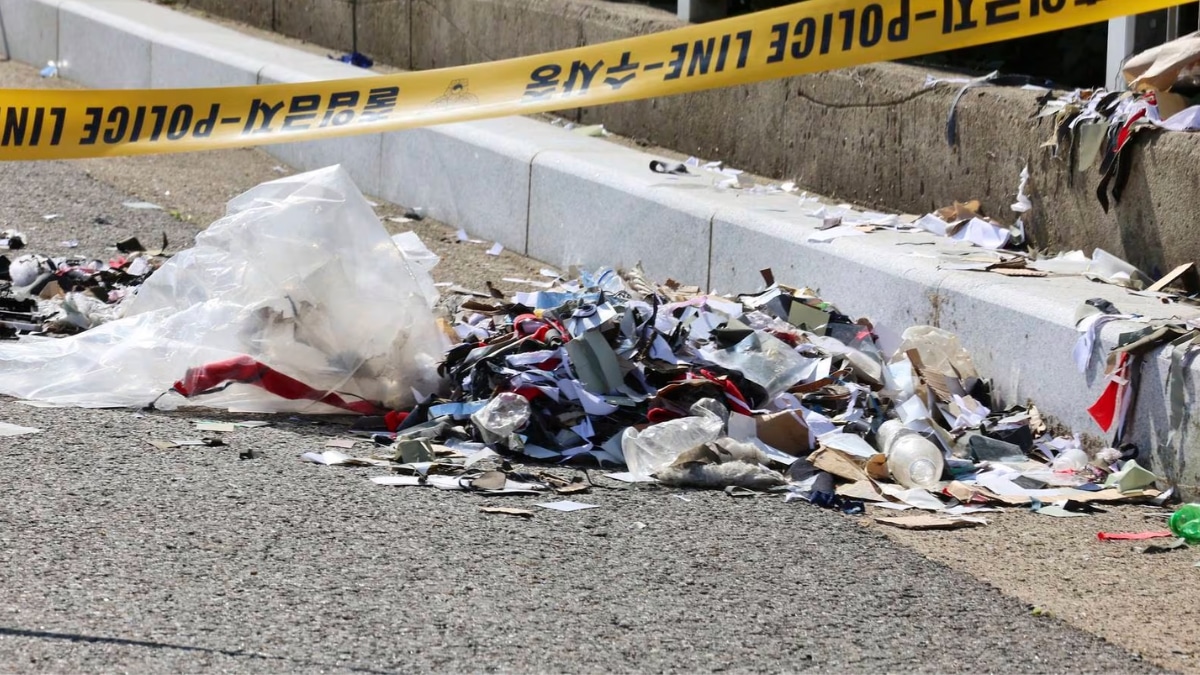 Image Credits :wsbtv
Image Credits :wsbtv
North Korea has reportedly dispatched approximately 300 balloons laden with trash into South Korean territory, escalating tensions between the two nations. According to the Joint Chiefs of Staff (JCS) of South Korea, the balloons were launched from North Korean territory and were found scattered across various locations in South Korea’s border provinces.
The balloons, which were carried by prevailing winds, contained plastic bottles, used paper, and other waste materials. This action by North Korea marks a notable departure from previous forms of provocation, typically involving military manoeuvres or propaganda leaflets.
South Korean authorities swiftly responded to the incident by dispatching clean-up crews to collect the debris and assess any potential environmental impact. Local residents and officials in the affected areas have expressed concerns over the environmental hazards posed by the dumped waste, highlighting the need for swift and effective cleanup efforts.
The JCS of South Korea condemned North Korea’s actions as “highly irresponsible” and called upon Pyongyang to cease such activities immediately. The South Korean government has vowed to raise the issue with North Korean officials through diplomatic channels, emphasizing the need for adherence to agreements aimed at reducing tensions on the Korean Peninsula.
The incident comes amid stalled diplomatic efforts to denuclearize North Korea and improve inter-Korean relations. It underscores the fragile nature of the relationship between the two Koreas, with sporadic provocations continuing to strain efforts for peace and stability in the region.
Observers note that while the act of sending trash-filled balloons may not pose a direct security threat, it serves as a symbolic gesture of defiance and a reminder of the unresolved hostilities between North and South Korea. The international community, including neighbouring countries and allies, is closely monitoring the situation for further developments.
